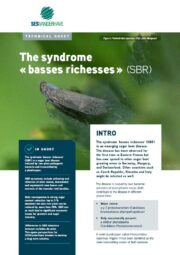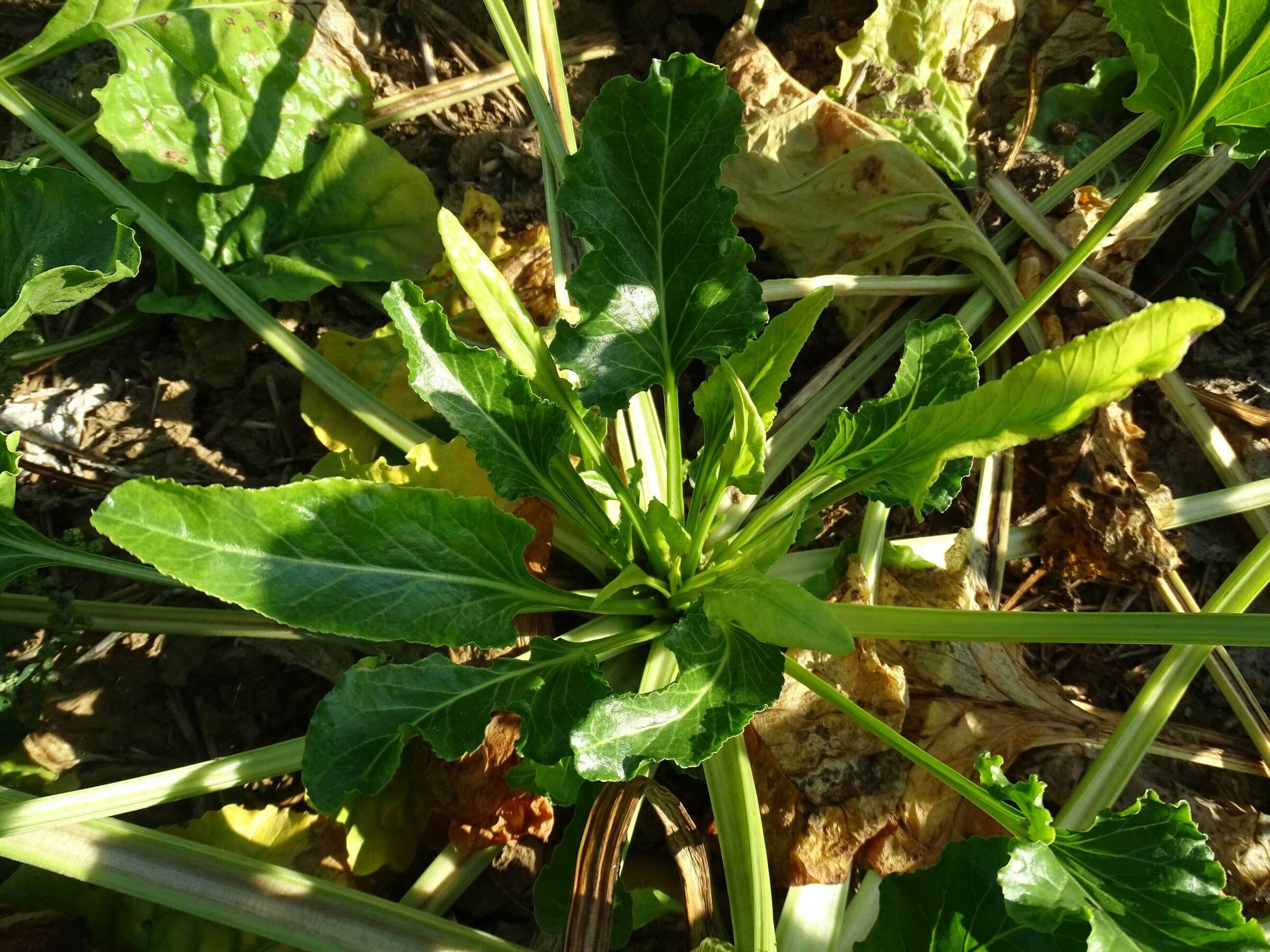The syndrome ‘basses richesses’ (SBR) is an emerging sugar beet disease that is gaining in importance in certain sugar beet growing areas.
What are the symptoms of SBR in sugar beets?
Typical symptoms appear in late summer and include yellowing and chlorosis of older leaves, lanceolated and asymmetric new leaves and necrosis of the vascular root bundles.
SBR can impact root yield, but most importantly, it significantly lowers the sugar content, causing substantial economic losses for growers and the sugar industry.
How is SBR spread?
The disease is induced by two plant pathogenic bacteria and is transmitted by an insect, the Pentastiridius leporinus.
In the presence of SBR, a strong variability between different genetics and varieties can be observed. SESVanderHave experts have succeeded in offering a first solution to significantly reduce the impact of SBR.
At SESVanderHave, we remain dedicated to sugar beets and will continue our efforts to deliver genetic innovation to the market to overcome beet growers’ challenges such as SBR. This way, we support future sugar beet cultivation.
How can SBR be controlled?
It is very difficult to control SBR without genetic solutions, as the insects are protected against bactericidal treatments and insecticide applications only have a short-term effect. Growers can choose to replace winter wheat with spring barley in their crop rotation.
In 2021, SESVanderHave registered the first SBR tolerant varieties in Germany, to help control the disease.

